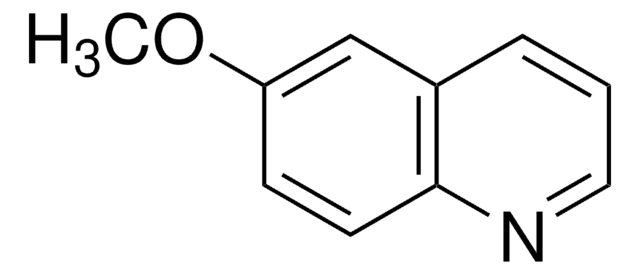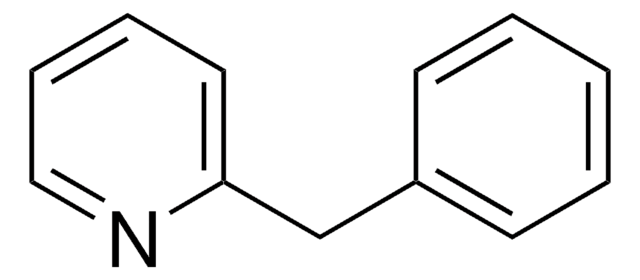299650
2-Phenylquinoline
99%
Autenticatiper visualizzare i prezzi riservati alla tua organizzazione & contrattuali
About This Item
Formula empirica (notazione di Hill):
C15H11N
Numero CAS:
Peso molecolare:
205.25
Numero CE:
Numero MDL:
Codice UNSPSC:
12352100
ID PubChem:
NACRES:
NA.22
Prodotti consigliati
Livello qualitativo
Saggio
99%
Punto di fusione
84-85 °C (lit.)
Gruppo funzionale
phenyl
Stringa SMILE
c1ccc(cc1)-c2ccc3ccccc3n2
InChI
1S/C15H11N/c1-2-6-12(7-3-1)15-11-10-13-8-4-5-9-14(13)16-15/h1-11H
FSEXLNMNADBYJU-UHFFFAOYSA-N
Informazioni sul gene
rat ... Grin2b(24410)
Descrizione generale
2-Phenylquinoline is the major quinoline alkaloid of Galipea iongiflora, a Bolivian plant used as treatment for cutaneous leishmaniasis. Antinociceptive properties of 2-phenylquinoline isolated from the bark of Galipea iongiflora against different models of pain in mice were evaluated.
Applicazioni
2-Phenylquinoline was used in quantitative structure-activity relationship (QSAR) analyses of estrogen receptor β-selective ligands.
Avvertenze
Warning
Indicazioni di pericolo
Consigli di prudenza
Classi di pericolo
Eye Irrit. 2 - Skin Irrit. 2 - STOT SE 3
Organi bersaglio
Respiratory system
Codice della classe di stoccaggio
11 - Combustible Solids
Classe di pericolosità dell'acqua (WGK)
WGK 3
Punto d’infiammabilità (°F)
Not applicable
Punto d’infiammabilità (°C)
Not applicable
Dispositivi di protezione individuale
dust mask type N95 (US), Eyeshields, Gloves
Scegli una delle versioni più recenti:
Possiedi già questo prodotto?
I documenti relativi ai prodotti acquistati recentemente sono disponibili nell’Archivio dei documenti.
I clienti hanno visto anche
F Campos-Buzzi et al.
Methods and findings in experimental and clinical pharmacology, 32(10), 707-711 (2011-01-13)
The present study evaluated the antinociceptive properties of an alkaloid extract and 2-phenylquinoline obtained from the bark of Galipea longiflora Krause (Rutaceae) against different models of pain in mice. The results demonstrate that the alkaloid extract caused a pronounced antinociceptive
A Fournet et al.
Antimicrobial agents and chemotherapy, 40(11), 2447-2451 (1996-11-01)
The antileishmanial efficacies of 2-n-propylquinoline, chimanines B and D, 2-n-pentylquinoline, 2-phenylquinoline, 2-(3,4-methylenedioxyphenylethyl) quinoline, and two total alkaloidal extracts of Galipea longiflora were evaluated in BALB/c mice infected with Leishmania amazonensis or Leishmania venezuelensis. Animals were treated for 4 to 6
Balaji et al.
Journal of enzyme inhibition and medicinal chemistry, 26(6), 831-842 (2011-03-29)
Estrogen receptor beta (ERβ) selective ligands have attracted much attention recently in the design of anti-cancer drugs that are devoid of the common side effects of estrogen. Structural studies of estrogen receptor alpha (ERα) and β revealed that there were
Mehdi Sharifi-Rad et al.
Molecules (Basel, Switzerland), 23(7) (2018-07-19)
In this narrative review, we have comprehensively reviewed the plant sources used as antiulcer agents. From traditional uses as herbal remedies, we have moved on to preclinical evidence, critically discussing the in vitro and in vivo studies focusing on plant
Hye Jeong Yang et al.
Journal of ethnopharmacology, 208, 84-93 (2017-07-09)
Taraxacum coreanum Nakai has been traditionally used for treating inflammatory diseases including gastrointestinal diseases. We studied whether water extracts of Taraxacum coreanum Nakai (TCN) had a protective effect on acute and chronic gastritis induced by ethanol/HCl in an animal model
Il team dei nostri ricercatori vanta grande esperienza in tutte le aree della ricerca quali Life Science, scienza dei materiali, sintesi chimica, cromatografia, discipline analitiche, ecc..
Contatta l'Assistenza Tecnica.![Benzo[h]quinoline 97%](/deepweb/assets/sigmaaldrich/product/structures/344/715/928932d2-4ca4-4402-b56c-85a80100ce17/640/928932d2-4ca4-4402-b56c-85a80100ce17.png)
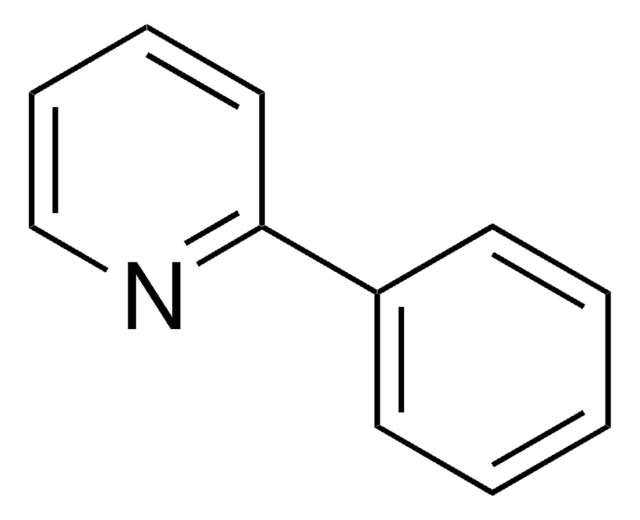
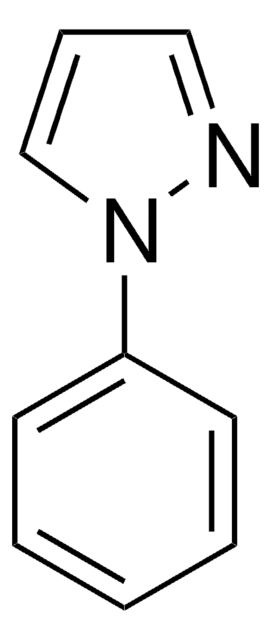

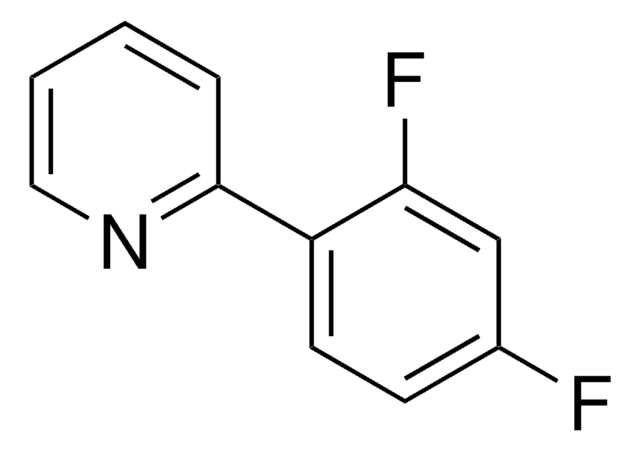
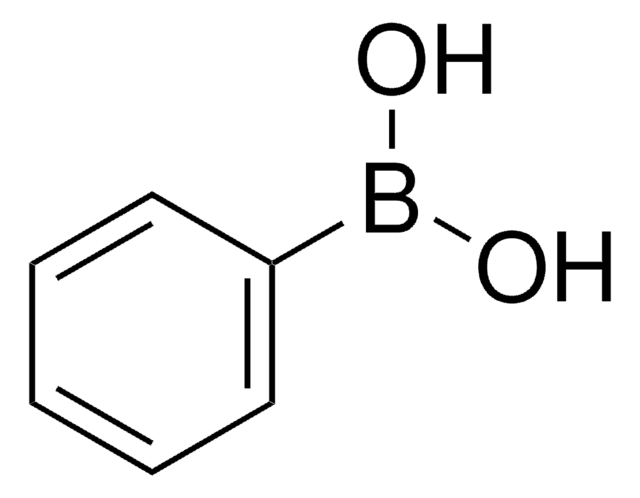
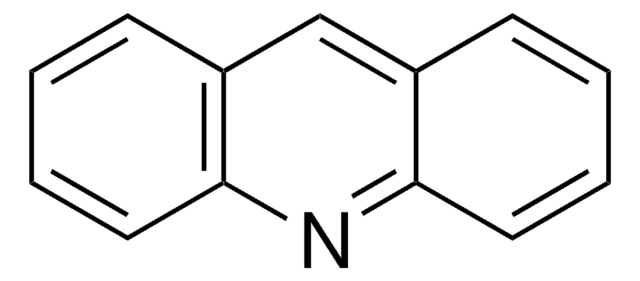
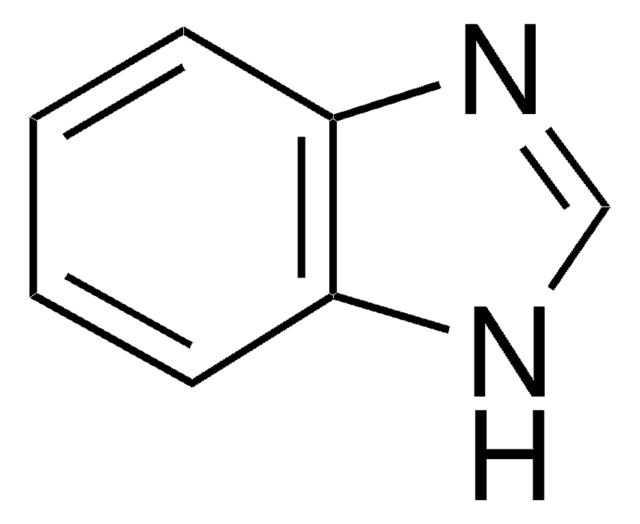

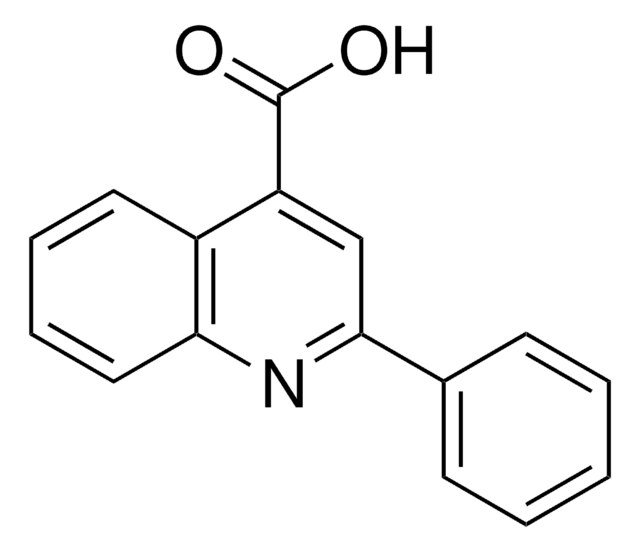


![11H-Benzo[a]carbazole](/deepweb/assets/sigmaaldrich/product/structures/391/065/abfb4cba-81ab-44b8-a816-d8791a903400/640/abfb4cba-81ab-44b8-a816-d8791a903400.png)
